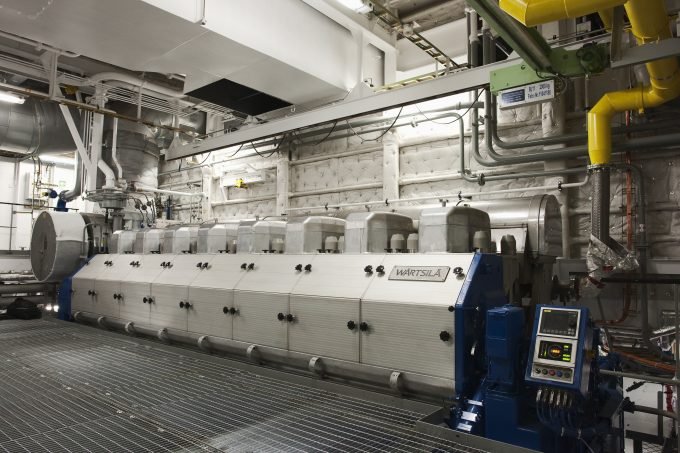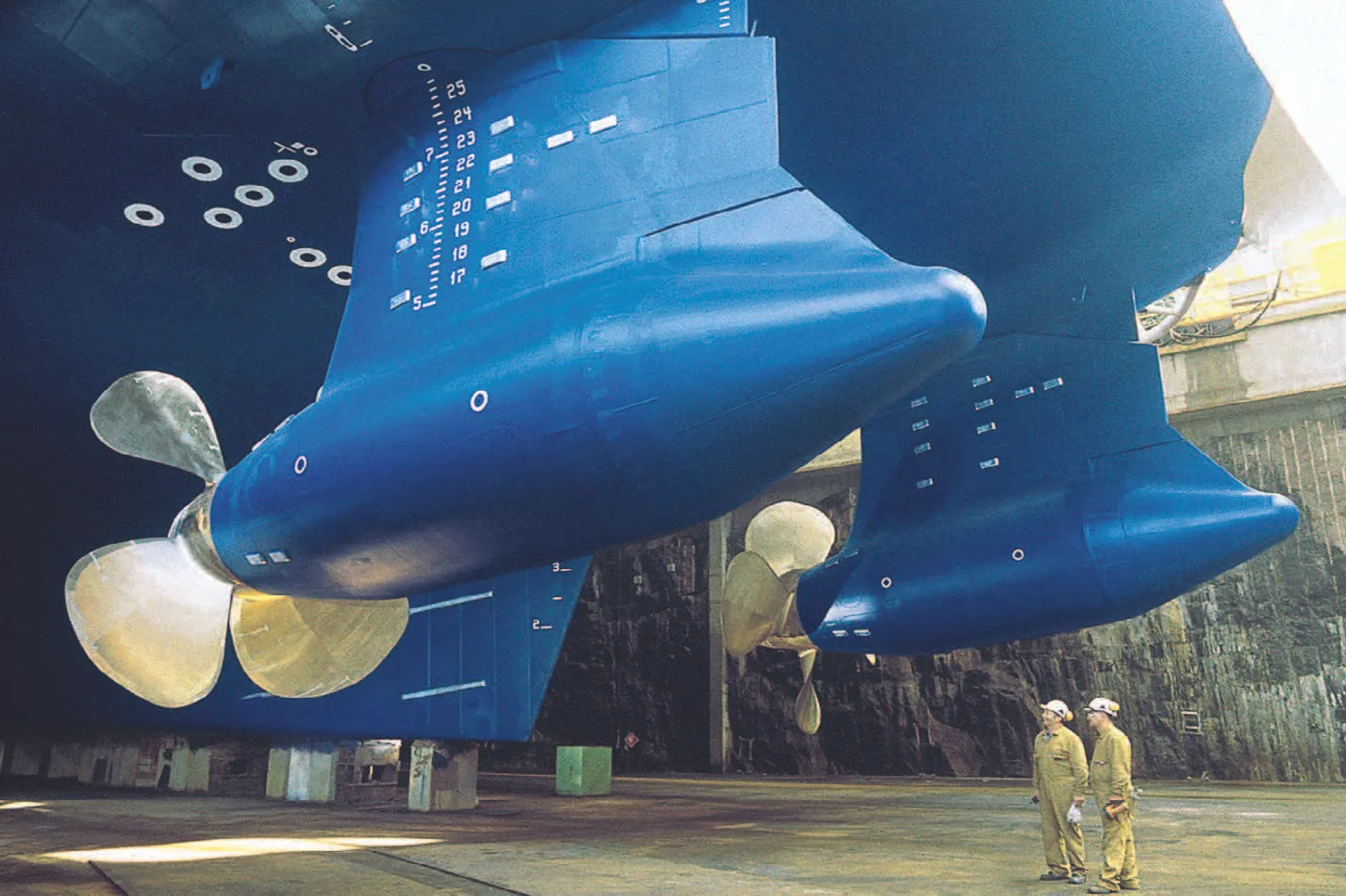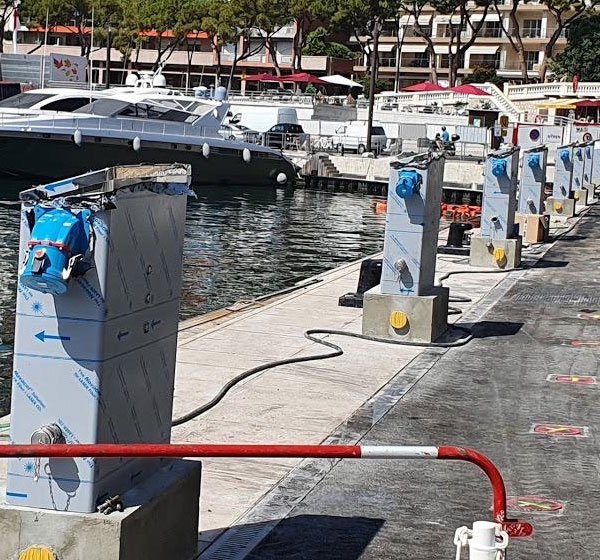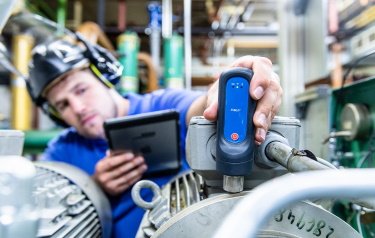
Contents
- Introduction to Marine Powerplants
- Types of Marine Powerplants
- 2.1 Diesel Engines
- 2.2 Gas Turbines
- 2.3 Steam Turbines
- 2.4 Nuclear Powerplants
- 2.5 Hybrid Systems
- Components of Marine Powerplants
- Efficiency and Environmental Considerations
- Maintenance and Operational Procedures
- Case Studies and Examples
- 6.1 Maersk Line’s Use of Dual-Fuel Engines
- 6.2 USS Zumwalt’s Integrated Power System
- Popular Manufacturers and Models
- Future Trends in Marine Powerplants
- Conclusion
- References
1. Introduction to Marine Powerplants
Marine powerplants are integral to the operation of various types of ships, including cargo vessels, tankers, cruise ships, and military vessels. These powerplants are responsible for generating the power needed for propulsion and the operation of onboard systems. This article explores the different types of marine powerplants, their components, operational considerations, and future trends.
2. Types of Marine Powerplants
2.1 Diesel Engines
Description: Diesel engines are the most common type of marine powerplant. They are known for their reliability, fuel efficiency, and robustness. These engines can be two-stroke or four-stroke, with the former being more prevalent in large vessels.
Advantages:
- High fuel efficiency
- Robust and durable
- Wide range of power outputs
Disadvantages:
- Emission of pollutants such as NOx and SOx
- Requires high-quality fuel for optimal performance
2.2 Gas Turbines
Description: Gas turbines are used in high-speed vessels such as naval ships and fast ferries. They are valued for their high power-to-weight ratio and ability to start quickly.
Advantages:
- High power-to-weight ratio
- Quick start and shutdown
- Lower emissions compared to diesel engines
Disadvantages:
- High fuel consumption
- Complex maintenance requirements
2.3 Steam Turbines
Description: Steam turbines are primarily used in nuclear-powered ships and some older commercial vessels. They operate by using steam generated from boilers to drive turbines connected to the propeller shafts.
Advantages:
- Reliable and capable of long-term operation
- Suitable for nuclear power applications
Disadvantages:
- Lower efficiency compared to modern diesel engines
- Requires large and complex boiler systems
2.4 Nuclear Powerplants
Description: Nuclear powerplants are used in submarines and some aircraft carriers. They generate heat through nuclear fission, which is then used to produce steam that drives steam turbines.
Advantages:
- Long endurance without refuelling
- High energy density
Disadvantages:
- High initial cost and complex technology
- Radioactive waste management
2.5 Hybrid Systems
Description: Hybrid systems combine different types of powerplants, such as diesel engines and electric motors, to improve efficiency and reduce emissions.
Advantages:
- Improved fuel efficiency
- Reduced emissions
- Flexibility in operation
Disadvantages:
- Higher initial cost
- Complex integration and control systems
3. Components of Marine Powerplants
- Engines/Turbines: The primary source of power generation.
- Gearboxes: Transfer and modify the power output to the propeller shafts.
- Propellers: Convert rotational energy into thrust.
- Fuel Systems: Manage the storage and supply of fuel to the engines.
- Cooling Systems: Maintain optimal operating temperatures.
- Control Systems: Monitor and control the operation of the powerplant.
- Exhaust Systems: Manage the expulsion of combustion gases.
4. Efficiency and Environmental Considerations
Efficiency in marine powerplants is crucial for reducing operational costs and minimizing environmental impact. Modern powerplants incorporate advanced technologies such as exhaust gas recirculation (EGR) and selective catalytic reduction (SCR) to reduce NOx emissions. The use of cleaner fuels, such as LNG, and hybrid systems also contribute to lower emissions.
5. Maintenance and Operational Procedures
Regular maintenance is essential for the reliable and efficient operation of marine powerplants. This includes routine inspections, lubrication, component replacements, and system checks. Operators must also be trained in emergency procedures and the safe handling of fuels and other materials.
6. Case Studies and Examples
6.1 Maersk Line’s Use of Dual-Fuel Engines
Overview: Maersk Line, a major global shipping company, has implemented dual-fuel engines on some of its vessels. These engines can operate on both conventional marine fuel and LNG, providing flexibility and reducing emissions.
System Used: MAN Energy Solutions’ ME-GI (Marine Engine-Gas Injection) dual-fuel engines.
Benefits:
- Significant reduction in SOx, NOx, and CO2 emissions.
- Improved fuel efficiency.
- Flexibility to switch between LNG and conventional marine fuel.
Cost: The cost of dual-fuel engines can vary widely depending on the size and specific configuration, but it typically ranges from $10 million to $25 million per engine.
6.2 USS Zumwalt’s Integrated Power System
Overview: The USS Zumwalt, a modern US Navy destroyer, features an Integrated Power System (IPS) that combines gas turbines and electric motors. This system provides enhanced power management and operational flexibility.
System Used: General Electric LM2500+G4 gas turbines and Rolls-Royce MT30 gas turbines integrated with an advanced electric propulsion system.
Benefits:
- Enhanced power distribution and management.
- Increased operational flexibility and efficiency.
- Reduced acoustic signature for stealth operations.
Cost: The IPS, including gas turbines and the electric propulsion system, can cost approximately $100 million to $200 million per ship.
7. Popular Manufacturers and Models
- Wärtsilä: Known for their large two-stroke and four-stroke marine engines.
- Popular Model: Wärtsilä 31DF – A dual-fuel engine with high efficiency and low emissions.
- MAN Energy Solutions: Offers a range of diesel and dual-fuel engines.
- Popular Model: MAN B&W ME-GI – A dual-fuel engine that can operate on LNG and marine diesel oil.
- GE Marine: Specializes in gas turbines for marine applications.
- Popular Model: LM2500+G4 – A gas turbine with high power output and efficiency.
- Rolls-Royce: Provides both gas turbines and hybrid propulsion systems.
- Popular Model: MT30 – A high-power gas turbine used in naval ships.
- MTU (Rolls-Royce Power Systems): Known for high-speed diesel engines.
- Popular Model: Series 4000 – A robust and efficient diesel engine for various marine applications.
8. Future Trends in Marine Powerplants
Future trends in marine powerplants focus on further improving efficiency and reducing environmental impact. Developments include the use of alternative fuels (e.g., hydrogen and ammonia), advancements in electric and hybrid propulsion systems, and the implementation of more stringent emission regulations.
9. Conclusion
Marine powerplants are the heart of ship propulsion and onboard power systems. Understanding the different types, their components, and operational considerations is essential for efficient and environmentally responsible maritime operations. As technology advances, the marine industry continues to innovate, aiming for greater efficiency and sustainability.
10. References
- Wärtsilä: Marine Engines
- MAN Energy Solutions: Marine Engines & Systems
- GE Marine: Marine Gas Turbines
- Rolls-Royce: Marine Propulsion
- International Maritime Organization (IMO): MARPOL Convention
for more information visit MaritimeHub.com




